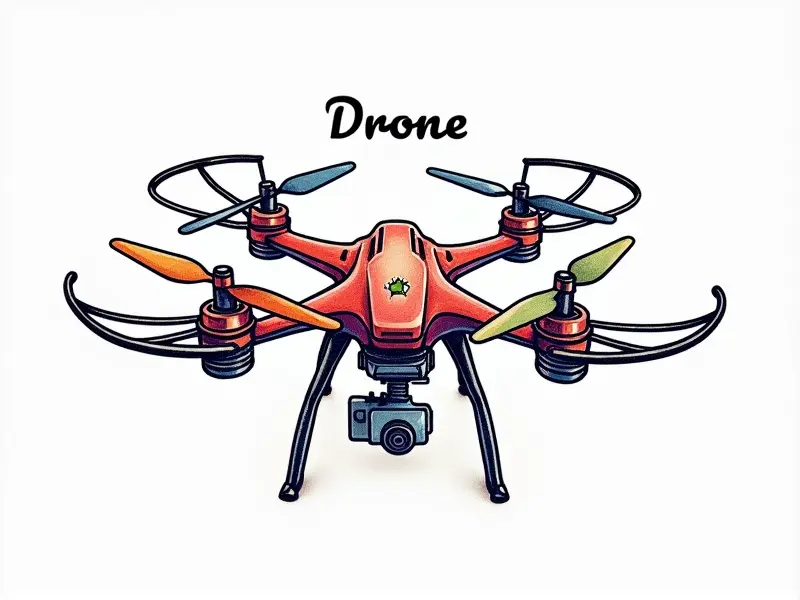How do RC helis work?

Inside RC Helicopters: How Do They Fly?
Remote control (RC) helicopters are fascinating machines that combine technology and aerodynamics to achieve flight. Understanding how they work can be both challenging and rewarding, especially for enthusiasts looking to master the intricacies of these aerial marvels.
Understanding RC Helicopter Operations
The operation of an RC helicopter involves several key components working in harmony: the rotor system, the tail rotor, the engine or motor, and the control surfaces. These elements work together to provide lift, thrust, stability, and maneuverability.
Secrets of RC Helicopter Control and Stability
The heart of an RC helicopter's operation lies in its ability to maintain stability while performing complex maneuvers. This is achieved through precise control over the collective pitch (which adjusts lift) and cyclic pitch (which controls movement).
Exploring the Technology Behind RC Helis
The technology behind RC helicopters includes advanced electronics, such as servos for controlling the rotor blades and sensors for feedback. Modern systems often incorporate GPS and gyroscopes to enhance stability and performance.
Mastering RC Helicopter Functionality
To truly master an RC helicopter, one must understand its functionality from both a mechanical and electronic standpoint. This includes learning about the different modes of flight (such as hover, forward flight, and inverted flight).
RC Helicopter Dynamics Simplified
The dynamics of an RC helicopter involve complex interactions between lift, thrust, drag, and weight. Understanding these forces is crucial for achieving optimal performance during various flight conditions.
Understanding RC Helicopter Controls
Controls in an RC helicopter are typically managed through a transmitter that sends signals to the receiver onboard the aircraft. These signals adjust the pitch of the main rotor blades, the tail rotor, and other critical components.
RC Heli Basics: Lift and Thrust Explained
Lift is generated by the rotation of the main rotor blades, while thrust comes from the engine or motor driving these rotors. The balance between lift and thrust determines whether the helicopter ascends, descends, or hovers.
The Science Behind RC Helicopter Stability
Stability in an RC helicopter is maintained through a combination of aerodynamic design and electronic stabilization systems. Proper tuning of the control surfaces and use of advanced sensors are essential for maintaining stability during flight.
Mastering RC Helicopters: Key Components Explained
Mastery over RC helicopters requires knowledge of key components such as the swashplate, rotor head, tail boom, and engine. Each part plays a critical role in achieving smooth and controlled flight.
Breaking Down RC Helicopter Technology
The technology behind RC helicopters encompasses various subsystems including power systems (electric or gas), control systems (analog or digital), and navigation aids (GPS). Understanding these components is vital for troubleshooting and optimizing performance.
A Conclusion on How RC Helicopters Work
RC helicopters are marvels of engineering, combining mechanical precision with sophisticated electronics to achieve flight. By understanding the principles behind lift, thrust, control, and stability, enthusiasts can better appreciate these flying machines and enhance their skills in operating them.

